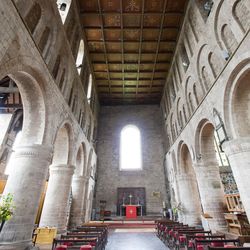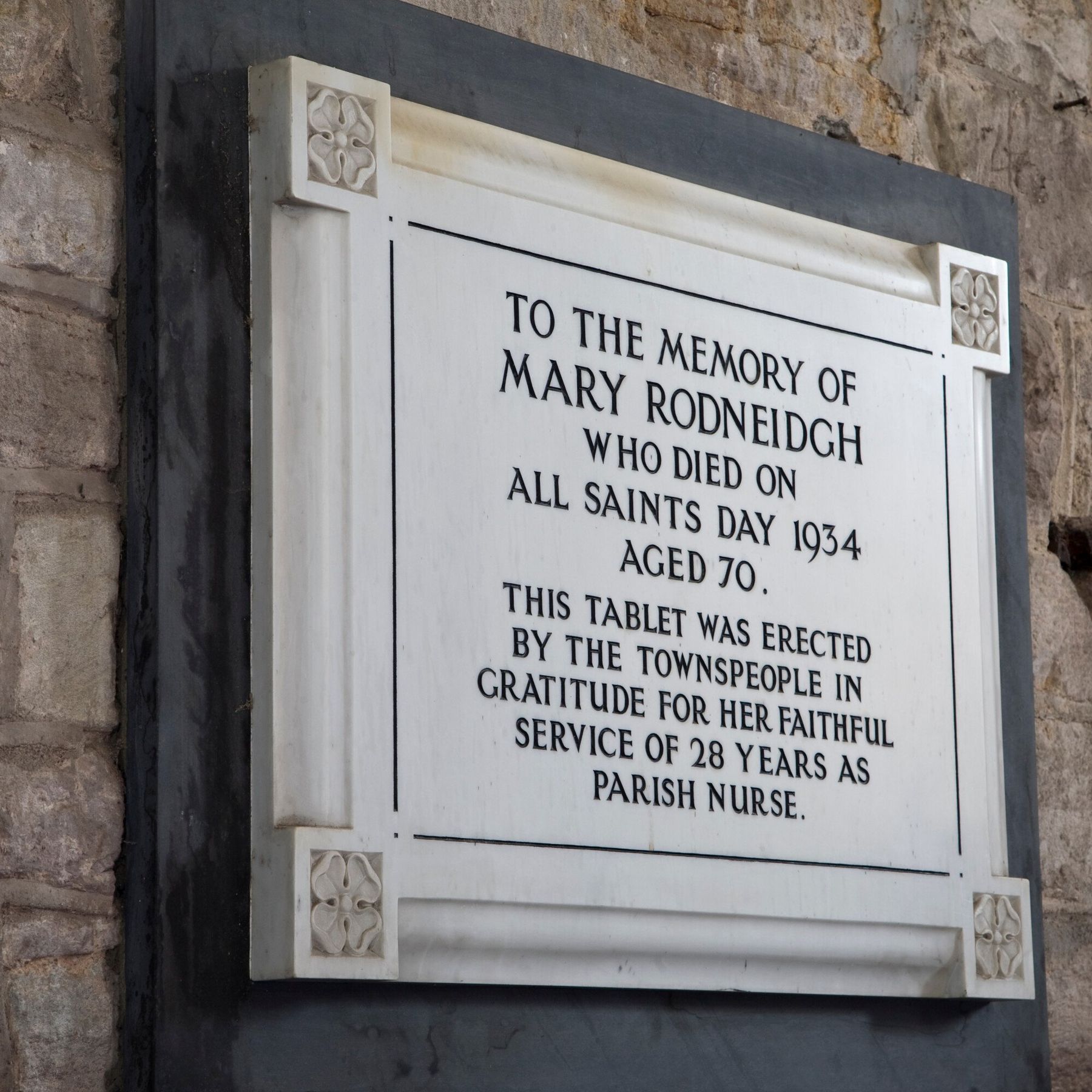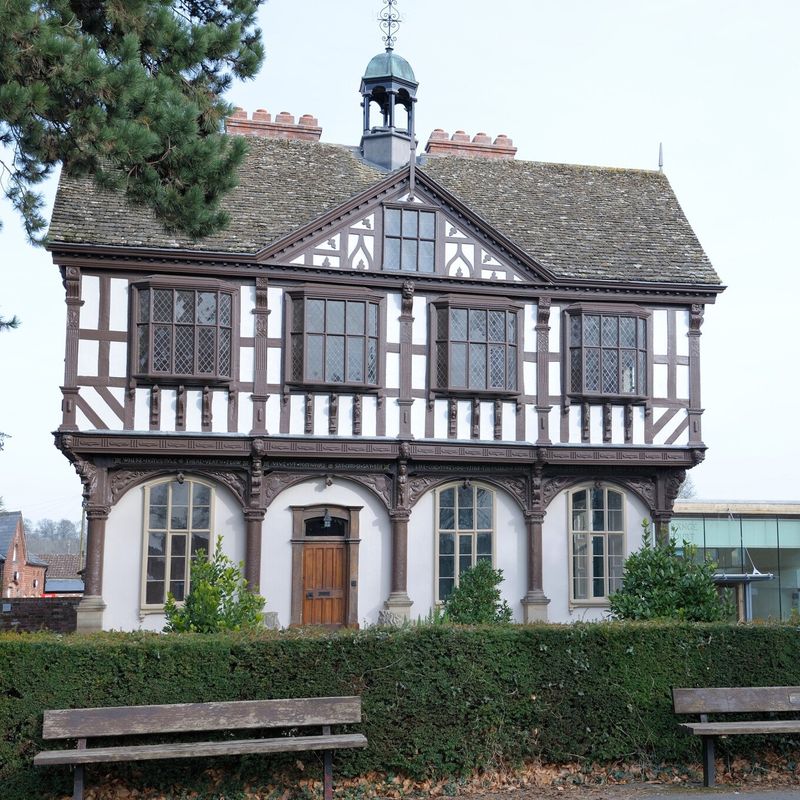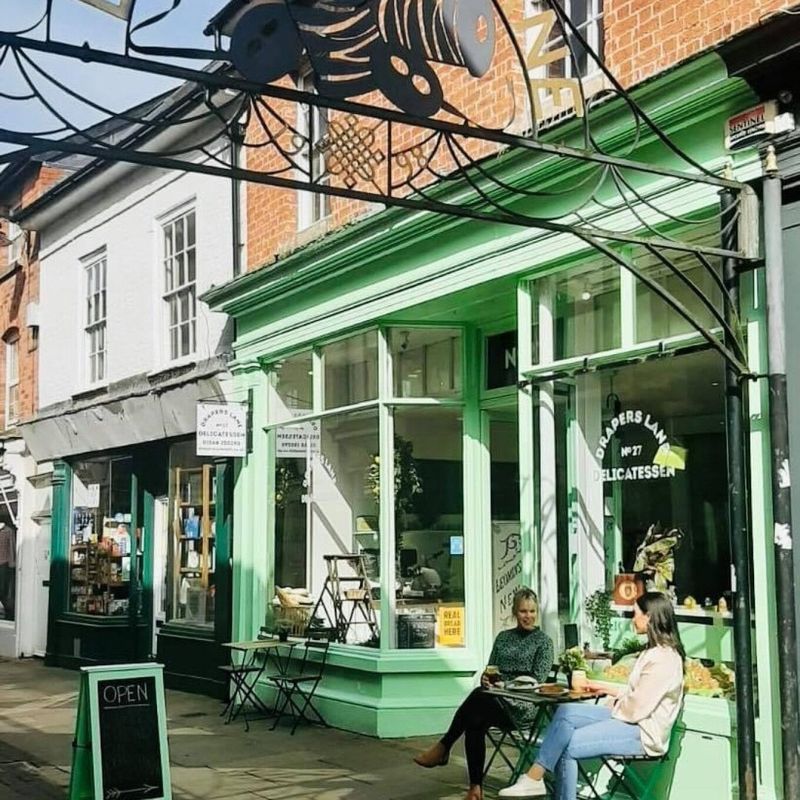Leominster Priory
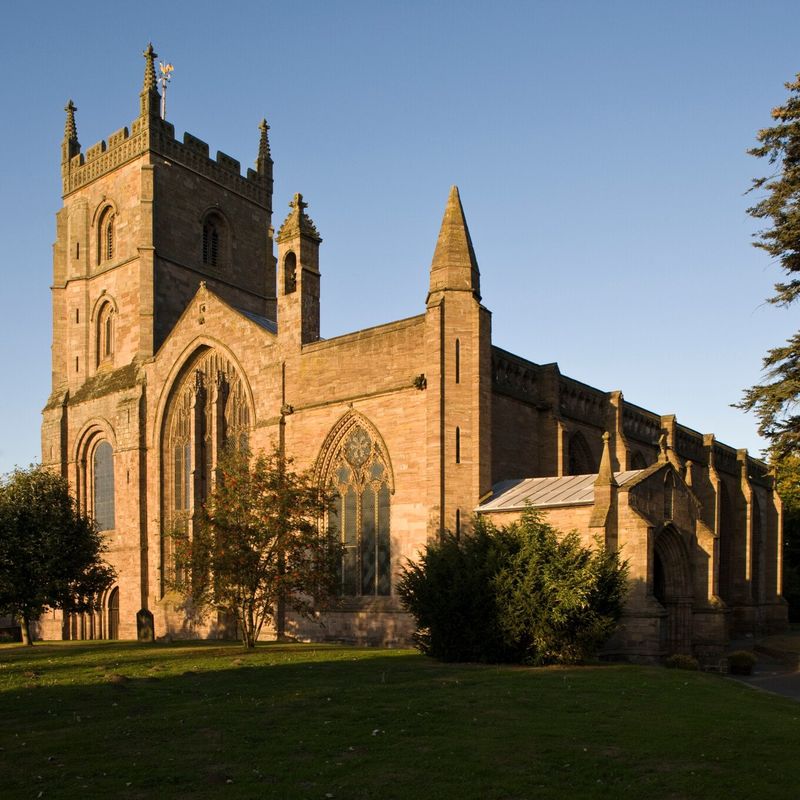
Our Golden Apple businesses support Visit Herefordshire by paying a membership fee.
Our network of members is integral to making Herefordshire such a special place to visit and they are always happy to share their recommendations for the best places to visit, shop and eat.
Click here to learn about our membership.
The first church was founded in Leominster in 660AD by St Edfrith, a Celtic missionary from Lindisfarne. It was the first great minster to be founded in Herefordshire, pre-dating Hereford Cathedral. Legend has it that Edfrith converted the local King Merewalh to Christianity by translating his troubled dreams.
In 1125, Henry I refounded the monastery at Leominster and gave it to Reading Abbey. As a dependency, it became a priory, not an abbey, and that is the title that has persisted. From the second foundation until the dissolution of the monasteries in the mid-Sixteenth century the estates provided riches to Reading, including the profits from the Ryland sheep, whose wool was the most prized in Britain.
The monastery was surrendered to the Crown in 1539. The monastic parts were quickly demolished, and the stone, metal, and glass sold.
The north Norman nave with massive round columns is the most impressive part of the Priory. Some important art survives from this early period. High up on the south wall of the Norman nave, faint traces of painted decoration can be seen, and on the capitals of the west doorway (most impressive from outside) are carvings made by the famous Herefordshire School of Romanesque sculpture.
In the Norman nave, you will find the Ducking Stool, the last to be used in England, a unique object of English social history.
Hours

